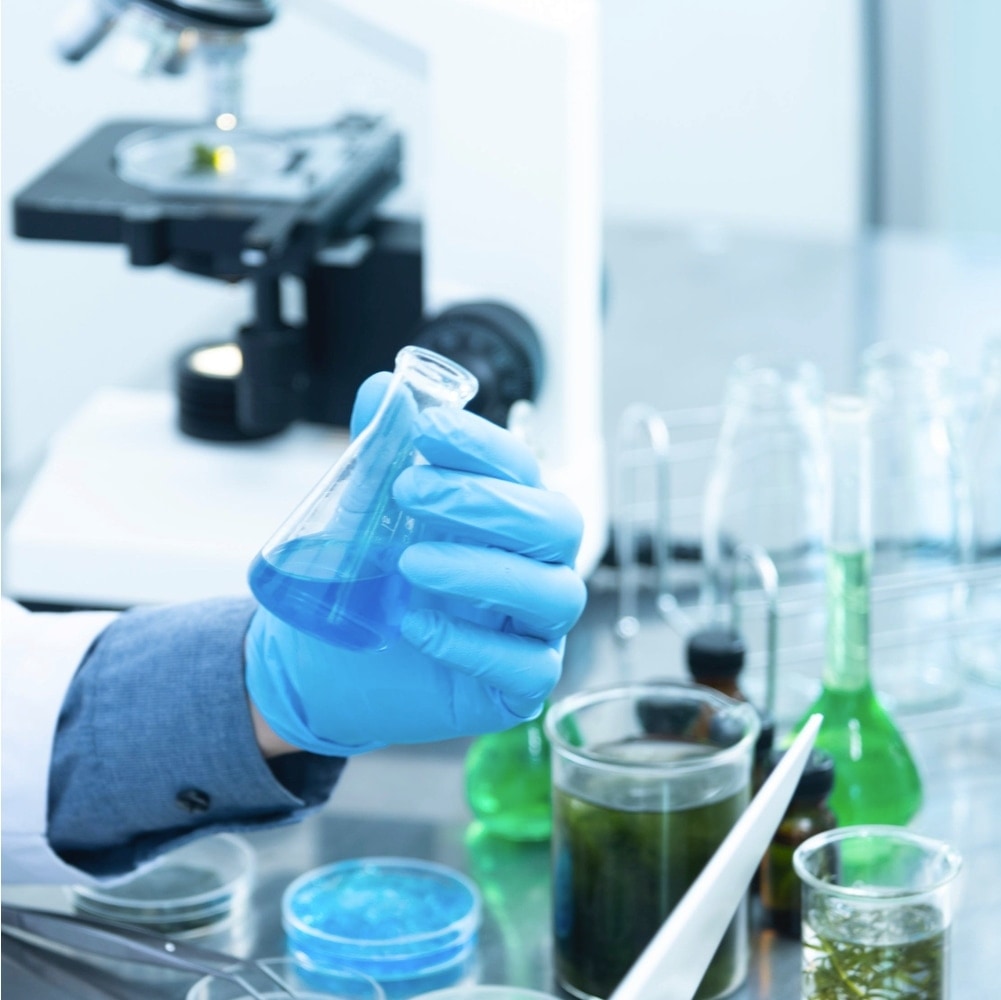Chlorine stabilizer for swimming pool disinfection.
Alkalinity measures the presence of salts usually responsible for incrustations (carbonates, bicarbonates and hydroxides)
Metal used as a coagulant in some water treatment plants
Ammonium is a key indicator of water contamination.
A metalloid which is a natural component of the Earth’s crust.
Aerobic bacteria reveal the presence of microorganisms in water.
Bicarbonates are associated with the production of incrustation on water facilities.
Boron is a micronutrient necessary for the plants, but in high concentrations could be toxic.
Calcium is a cation and is a determinant of water hardness.
Mineral present in water mainly due to the dissolution of limestone or carbonated
Chlorine is the most widely used disinfectant for water treatment, especially for drinking water or swimming pool water.
Chlorides reveal the presence of salts in water
Clostridium perfringens indexes the presence of fecal contamination.
Metal used in building construction materials (pipes, etc.)
Total coliforms are the standard by which microbiological contamination is measured.
Measurement of water color
Conductivity is used to measure water salinity
Chromium metal is largely related to metal fittings such as pipes
BOD5 measures the biodegradable organic pollution
Chemical Oxygen Demand (COD) measures the organic pollution of water
Water hardness is caused by the presence of dissolved minerals
E..Coli is a type of fecal coliform bacteria
Microorganisms related to microbiological contamination of water
Metal that can be associated with minerals or industrial activities
Water fluoridation is considered as necessary. However, high concentrations of fluoride in water can be detrimental to health
Phosphates are essential elements in nature
Pesticide commonly used to kill weeds (herbicide)
Hydrocarbons or mineral oils may be present in the water
Iron is largely related to metal fittings such as pipes
Langelier index reports about fouling or aggressive properties of water
Legionella is a bacteria that may be present in water and can cause legionellosis, a lung disease caused by breathing air with water sprays
Magnesium is primarily responsible for water hardness
Manganese is a necessary element for life, but in high concentrations can be toxic
Toxic metal whose presence can be naturally or by human activity
Nickel is largely related to metal fittings and pipes
High nitrate concentrations are associated with agricultural and livestock activities
Nitrites can be a significant indicator to determine contamination
Organoleptic check of odor in water
Oxidizability measures oxidizable organic matter present in water
pH is a measure of how acidic, basic or neutral water is
Pesticides are substances intended for preventing, destroying, repelling or mitigating any pest
Lead is largely related to old plumbing installation systems
Potassium is present in water
The redox potential (ORP) is a measure of water reduction and oxidation
Psedomonas aeruginosa is a common bacterium found in soil and water
Total dissolved solids (TDS) refers to a measure of the residual minerals dissolved in water
Organoleptic analysis of taste in drinking water
Determination of dissolved silica in water
Sodium is largely related to water salinity
Parameter measuring the suspended solids in the water
Sulphates are dissolved salts
Turbidity is a measure of the amount of suspended particles in water.

